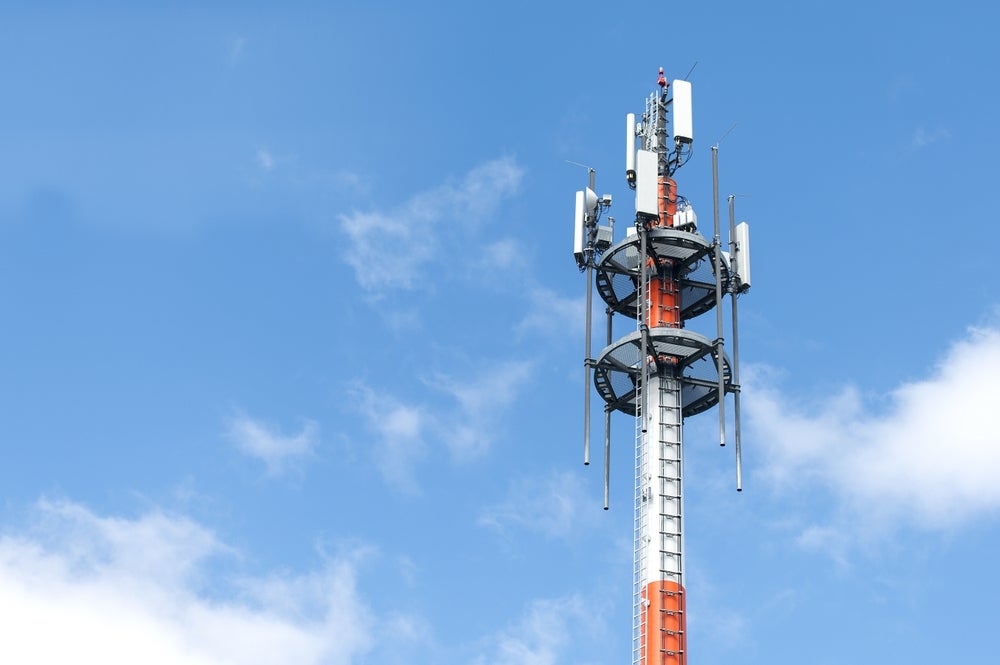Canon has been granted a patent for a method of capturing image frames in a thermal camera. The method involves capturing two sequences of image frames with different integration times, and correcting the frames in the second sequence using frames from the first sequence. GlobalData’s report on Canon gives a 360-degree view of the company including its patenting strategy. Buy the report here.
According to GlobalData’s company profile on Canon, E-transaction user interfaces was a key innovation area identified from patents. Canon's grant share as of September 2023 was 36%. Grant share is based on the ratio of number of grants to total number of patents.
Method for capturing image frames in a thermal camera


A recently granted patent (Publication Number: US11778334B2) describes a method for capturing a sequence of image frames in a thermal camera with a microbolometer detector. The method involves capturing a first sequence of image frames with the camera's shutter closed and switching the integration time of the detector between multiple integration times according to a temporal pattern. A second sequence of image frames is then captured with the shutter open, again switching the integration time according to the same temporal pattern. The image frames in the second sequence that are captured when the integration time is switched to a particular position within the temporal pattern are corrected by subtracting corresponding image frames from the first sequence.
The temporal pattern of integration times indicates how often and in which order to switch between the integration times. It can be set to switch the integration time between every image frame or at specific intervals. The method also allows for adjusting the integration time based on changes in the ambient temperature of the camera or the presence of saturated or black pixels in the image frames.
The patent also describes the use of a third sequence of image frames, captured with the shutter closed, to further correct image frames captured after the third sequence. This capturing of the third sequence can be triggered by changes in the temperature of the detector, the passage of a predetermined amount of time, or adjustments to the integration time.
Additionally, the patent includes a method for extracting image frames with different integration times from the second sequence to produce separate video streams. The second video stream can be monitored to issue an alarm when pixel values exceed a certain threshold.
The patent also covers a thermal camera that incorporates the described method. The camera includes a microbolometer detector, a shutter, and a controller to capture the first and second sequences of image frames and correct them using subtraction. An image processor is used for the correction process.
Furthermore, the patent includes a non-transitory computer-readable medium containing instructions that, when executed by a processor, configure a thermal camera to capture and correct image frames using the described method.
Overall, this patent presents a method for capturing and correcting image frames in a thermal camera, allowing for improved image quality and accuracy in thermal imaging applications.
To know more about GlobalData’s detailed insights on Canon, buy the report here.
Data Insights
From

The gold standard of business intelligence.
Blending expert knowledge with cutting-edge technology, GlobalData’s unrivalled proprietary data will enable you to decode what’s happening in your market. You can make better informed decisions and gain a future-proof advantage over your competitors.







